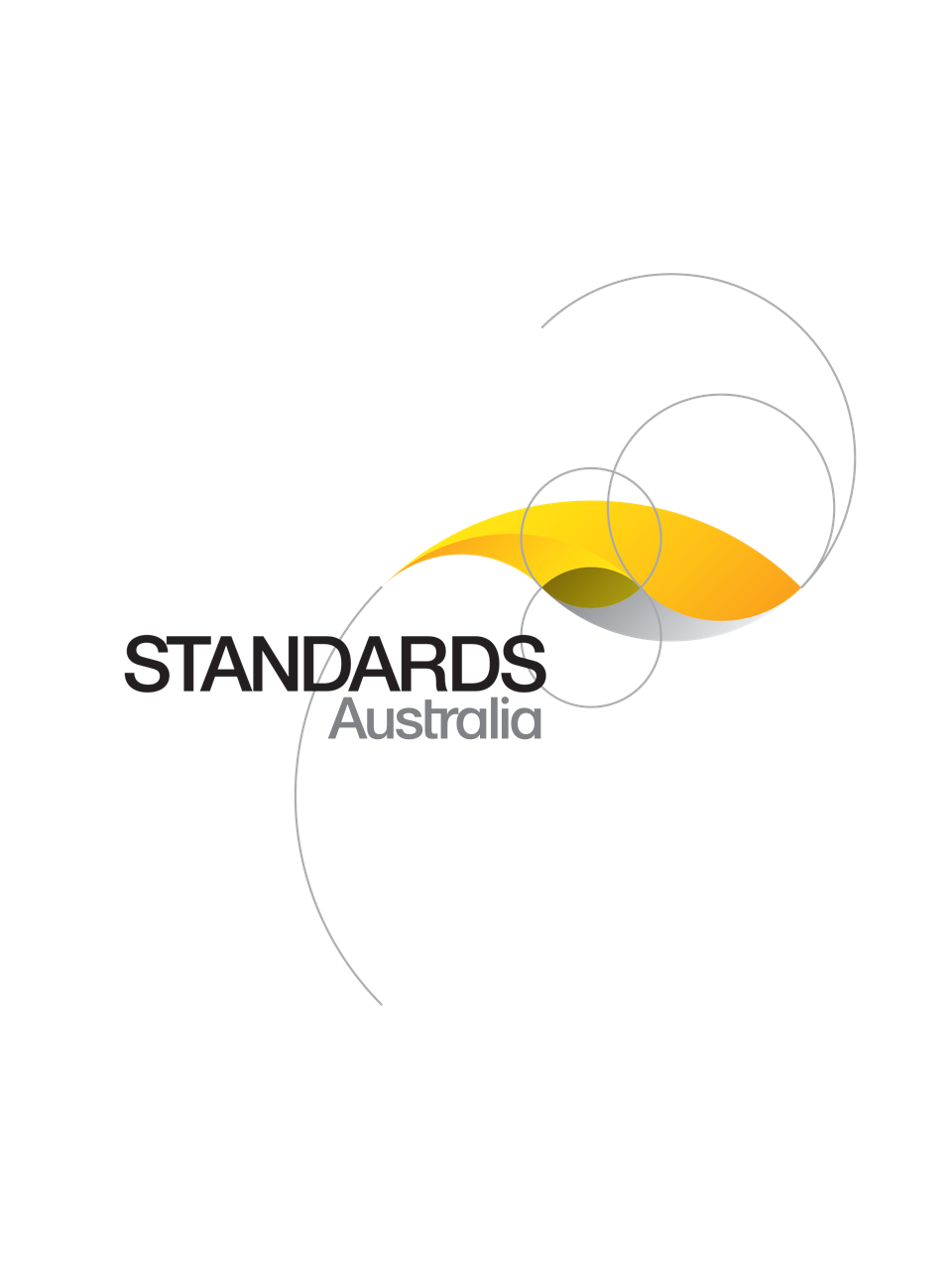Technical Report
TR 2966-2007
[Withdrawn]Standardization of Hierarchic Designators in HL7 messaging
This Technical Report provides a discussion and makes recommendations on the use of hierarchic designators (HD) and universal identifiers (mainly OIDs and GUIDs) in Australia. It describes the components of a hierarchic designator and where and how they are used in HL7 messaging.
Published: 23/11/2007
Pages: 10
Table of contents
Cited references
Content history
Table of contents
Header
About this publication
Preface
1 Scope
2 Objective
3 Referenced documents and related resources
4 Explanation of the data types
4.1 HD—Hierarchic Designator
4.2 Components of the Hierarchic Designator
4.2.1 Namespace ID (IS)
4.2.2 Universal ID (ST)
4.2.3 Universal ID type (ID)
4.3 Examples
4.3.1 Universal ID examples with only the 2nd and 3rd components valued
4.3.1.1 HDs consisting only of an ISO UID
4.3.1.2 The use of GUIDS
4.3.1.3 An internet example:
4.3.1.4 An example of a RANDOM UID
4.3.2 Local examples
4.3.3 Examples containing both local and universal ID types
5 Using hierarchic designator values in other data types
5.1 General
5.2 XCN – Extended Composite ID Number and name for persons
5.3 EI – Entity Identifier
6 Where are hierarchic designators used?
7 Choices of universal ID types
7.1 Overview
7.2 An explanation of OIDs
8 Recommendations
Cited references in this standard
AS 4700.2—2004
Implementation of Health Level Seven (HL7) Version 2.3.1, Part 2: Pathology orders and results
Content history
One-time Purchase
Access via web browser on any device
One-time purchase
Single publication
Offline access via PDF^
$40.30 AUD
Inclusive of GSTFormat *
Web Reader
Licenses *
1 License (for yourself - not shareable)
Total$40.30 AUD
IMPORTANT
